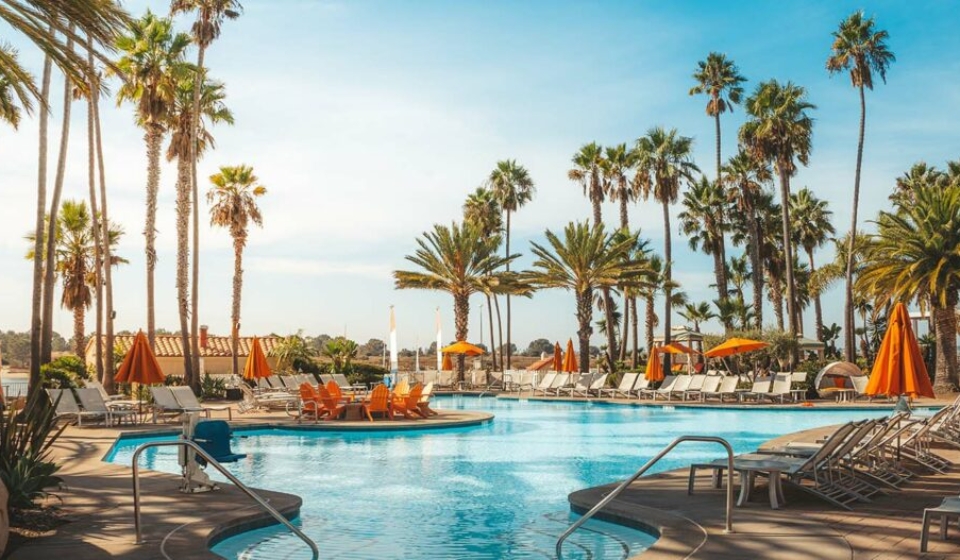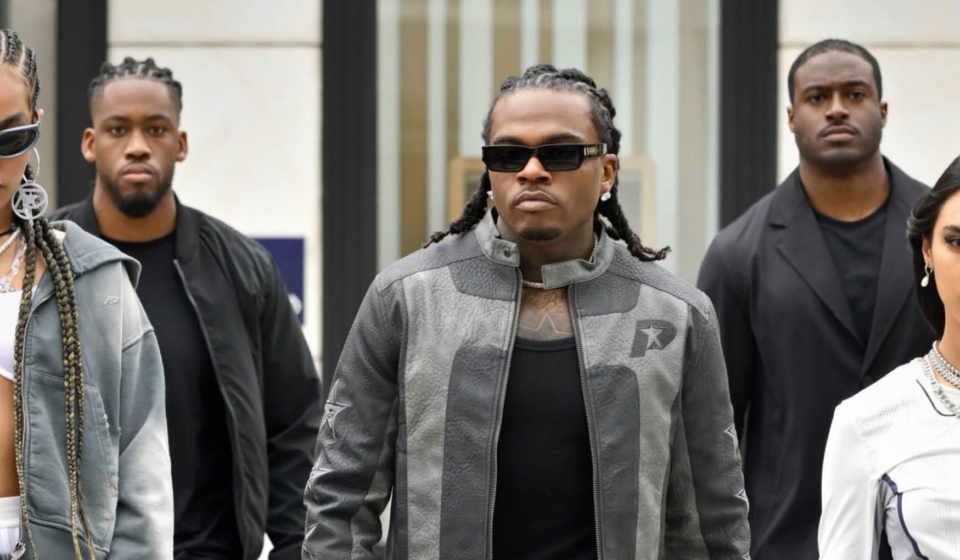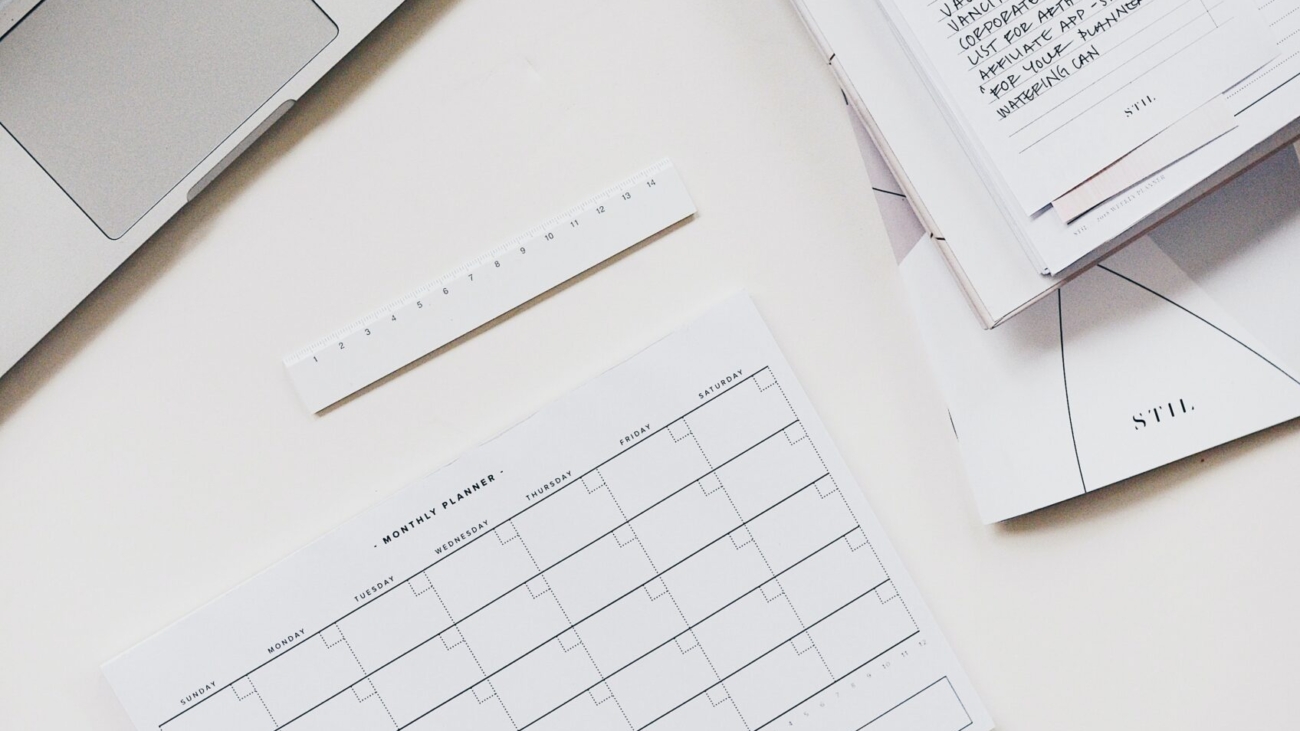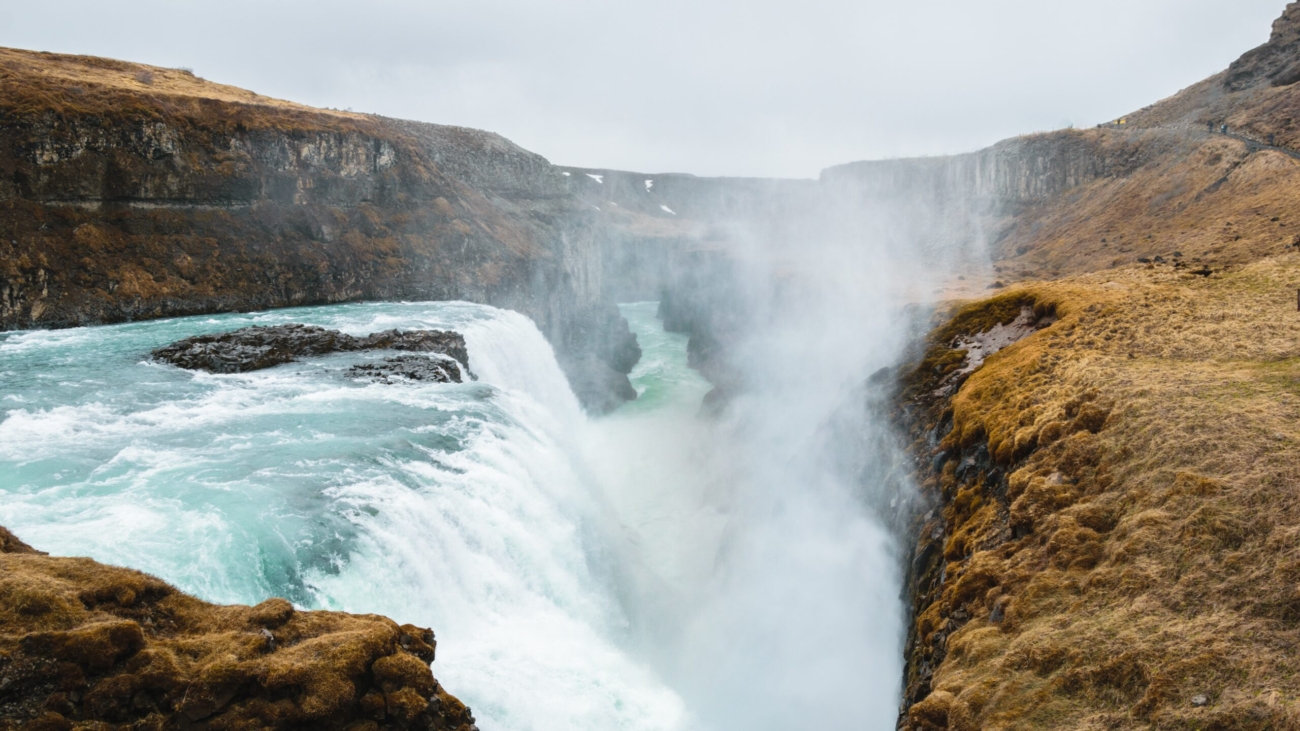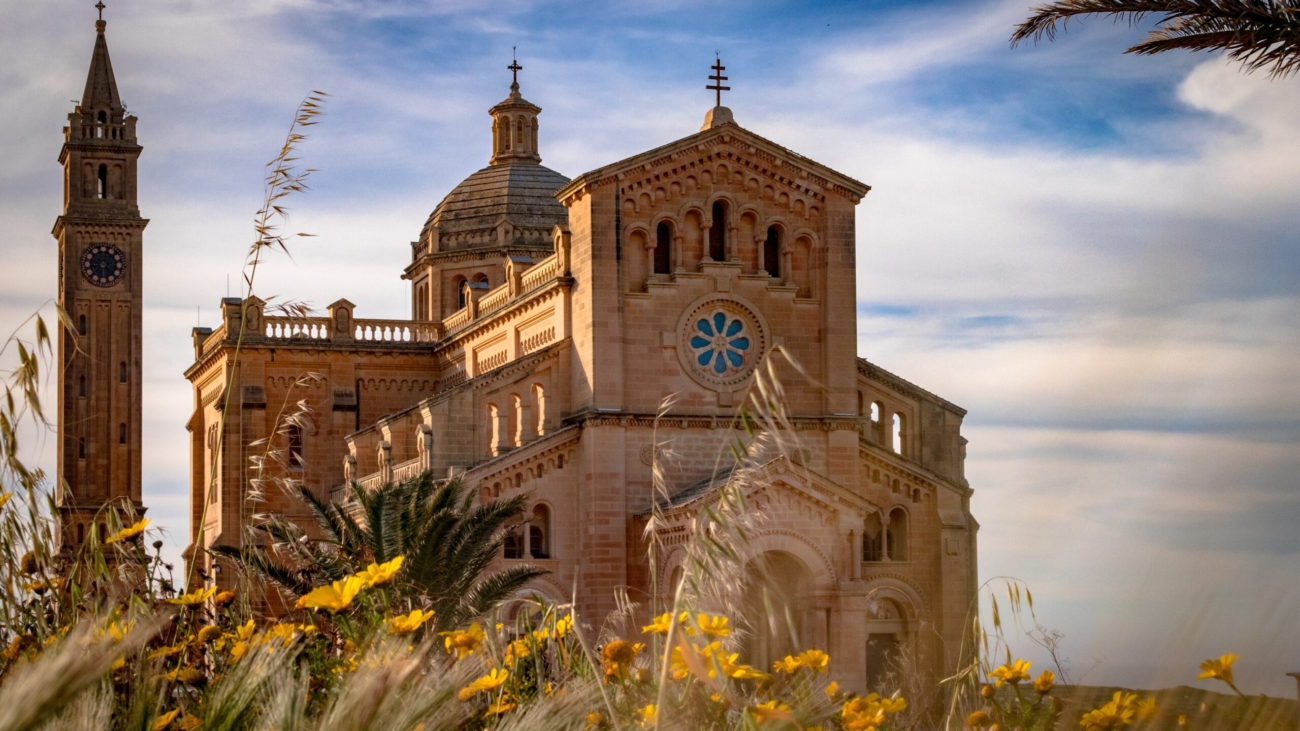A new year is the perfect time to try and get into a new routine and make changes to improve your health. If you’re feeling like you’re already ‘failing’ your New Year diet resolution, don’t panic yet! In this article, find out why it’s important to create realistic goals for yourself and how you can get back on track with your nutrition.
Introducing the Challenges of Keeping Up with a New Year’s Diet Resolution
When it comes to dieting, New Year’s resolutions are often made with the best of intentions. But despite our best efforts, many of us find ourselves “failing” our diets within a few weeks or even days. If you’ve found yourself in this situation, don’t despair – you’re not alone. In fact, research shows that most people who make New Year’s diet resolutions will abandon them within a month. There are a number of reasons why keeping up with a New Year’s diet resolution can be so challenging. For one thing, many of us set unrealistic goals for ourselves, such as trying to lose too much weight too quickly. We may also lack the motivation to stick with our diets, or we may simply not have the time or resources necessary to prepare healthy meals and snacks. Whatever the reason, if you’re struggling to keep up with your New Year’s diet resolution, there are a few things you can do to get back on track. First, take a step back and reassess your goals. If you’re trying to lose weight, make sure you’re doing so in a safe and healthy way by setting realistic goals and expectations. It may also help to enlist the support of friends or family members who can help you stay on track.
The Benefits of Being Flexible and Taking Breaks From Dieting
When it comes to dieting, one of the best things you can do for yourself is to be flexible and take breaks from time to time. here are some benefits of being flexible and taking breaks from dieting:
1. It Can Help You Stick to Your Diet Long-Term If you’re constantly depriving yourself of certain foods or feeling like you can’t have a break from your diet, it’s only going to make it harder for you to stick with it long-term. Being flexible and taking occasional breaks can help you stay on track in the long run.
2. It Can Make You More Mindful of What You’re Eating When you’re not constantly dieting, you’re able to be more mindful of what you’re eating and why you’re eating it. This can help you make better choices overall when it comes to your diet.
3. It Can Help Reduce Binge Eating or Undereating If you’re overly restrictive with your diet, it can actually lead to binge eating or undereating. Giving yourself some flexibility and taking breaks from time to time can help prevent this from happening.
Reassessing Your Goals and Expectations
It’s tough getting back on track after falling off the wagon with your diet resolution, but it’s not impossible. The first step is reassessing your goals and expectations. If you’re feeling down about your weight loss progress, take a step back and think about why you wanted to lose weight in the first place. What were your goals? What did you hope to achieve? Once you have a clear understanding of your goals, you can start setting realistic expectations for yourself. Remember that weight loss is a slow and steady process. It’s unrealistic to expect to lose 20 pounds in two weeks. If your goal was to lose 20 pounds in two months, that’s a more achievable goal. Set small, attainable goals for yourself and give yourself grace when you don’t meet them perfectly. Finally, don’t be afraid to ask for help from a friend or professional if you’re struggling to get back on track. Sometimes we all need a little extra support to stay motivated and accountable.
Making Room for ‘Cheat Days’ and Treats
If you’re like most people, you probably started the new year off with some sort of diet resolution. And if you’re also like most people, you’ve probably already “failed” at that resolution. Don’t worry, though – you’re not alone. In fact, a whopping 80% of New Year’s resolutions fail by the end of February. One of the main reasons why diet resolutions fail is because people are too restrictive with their eating. They try to cut out all of their favorite foods and snacks, which makes them feel deprived and eventually leads to binge-eating and/or giving up altogether. A better approach is to allow yourself some wiggle room. Make room for occasional “cheat days” or treats so you don’t feel like you’re depriving yourself. This will make it more likely that you’ll stick to your resolution in the long run.
Planning Ahead To Prevent Future Setbacks
When it comes to dieting, it’s important to plan ahead to prevent future setbacks. Here are some tips to help you stay on track:
1. Set realistic goals. If you set unrealistic goals, you’re more likely to get discouraged and give up. Make sure your goals are realistic and achievable.
2. Create a healthy meal plan. Once you know what your goals are, create a healthy meal plan that includes all the foods you’ll need to meet those goals. Meal planning will help you stay on track and make sure you’re getting all the nutrients your body needs.
3. Get support from friends and family members. It’s often helpful to have someone to help motivate and encourage you on your journey. Ask your friends and family members for their support as you work towards your goals.
4. Find an accountability partner. Having someone to be accountable to can be helpful in keeping you on track. Find a friend or family member who will check in with you regularly about your progress (or lack thereof).
Emphasizing Mindful Eating Behaviors
If you’re struggling to stick to your New Year diet resolution, don’t worry – you’re not alone. According to a recent poll, nearly 60% of people say they give up on their diet plans within the first month. If you’re feeling frustrated and ready to give up, here are a few tips to help you get back on track. First, it’s important to remember that slipping up is normal – and it doesn’t mean you’ve failed. So don’t beat yourself up over it – just get back on track with your next meal. Second, try to be more mindful of your eating habits. Pay attention to what you’re eating and how much, and really savor the flavors and textures of your food. This can help you feel more satisfied with smaller portions, and make it easier to stick to your diet in the long run. Finally, don’t forget to make healthy lifestyle changes along with your diet change.Exercise regularly, get plenty of sleep, and manage stress in healthy ways. These habits will not only help you lose weight, but also improve your overall health and well-being.
Practicing Self-Compassion During Setbacks
When you’re trying to make a change in your eating habits, it’s common to experience setbacks. Whether you’re trying to eat more healthfully or trying to lose weight, there will be times when you slip up. The important thing is not to beat yourself up over it. Beating yourself up will only make it harder to get back on track. Instead, practice self-compassion. Forgive yourself for your mistake and move on. Don’t dwell on it or let it sabotage your efforts. Every day is a new opportunity to start again. If you find that you’re constantly beating yourself up over your eating habits, it may be helpful to seek out professional help. A therapist can help you develop more self-compassion and find other ways to cope with difficult emotions.
Developing Positive
When it comes to developing positive habits and reaching our goals, it’s important to remember that we all make mistakes. What counts is how we handle these setbacks. If you’ve “failed” your New Year diet resolution, don’t worry – here are some tips to get you back on track: 1. Don’t beat yourself up. Accept that you made a mistake and move on. dwelling on your failures will only make it harder to reach your goal. 2. Analyze what went wrong. Why did you falter? Was it a particular trigger or temptation that you couldn’t resist? Once you identify the weaknesses in your plan, you can work on strengthening them. 3. Get support from loved ones or join a community of like-minded individuals. It’s easier to stay on track when we have others to encourage and motivate us. 4. Set smaller, more manageable goals. Focusing on big-picture objectives can be overwhelming, so break them down into achievable steps. This will help keep you motivated and prevent discouragement. 5 most importantly, don’t give up! Every journey has its bumps, but giving up is never the answer. Stay positive and keep moving forward – you’ll get there eventually!







